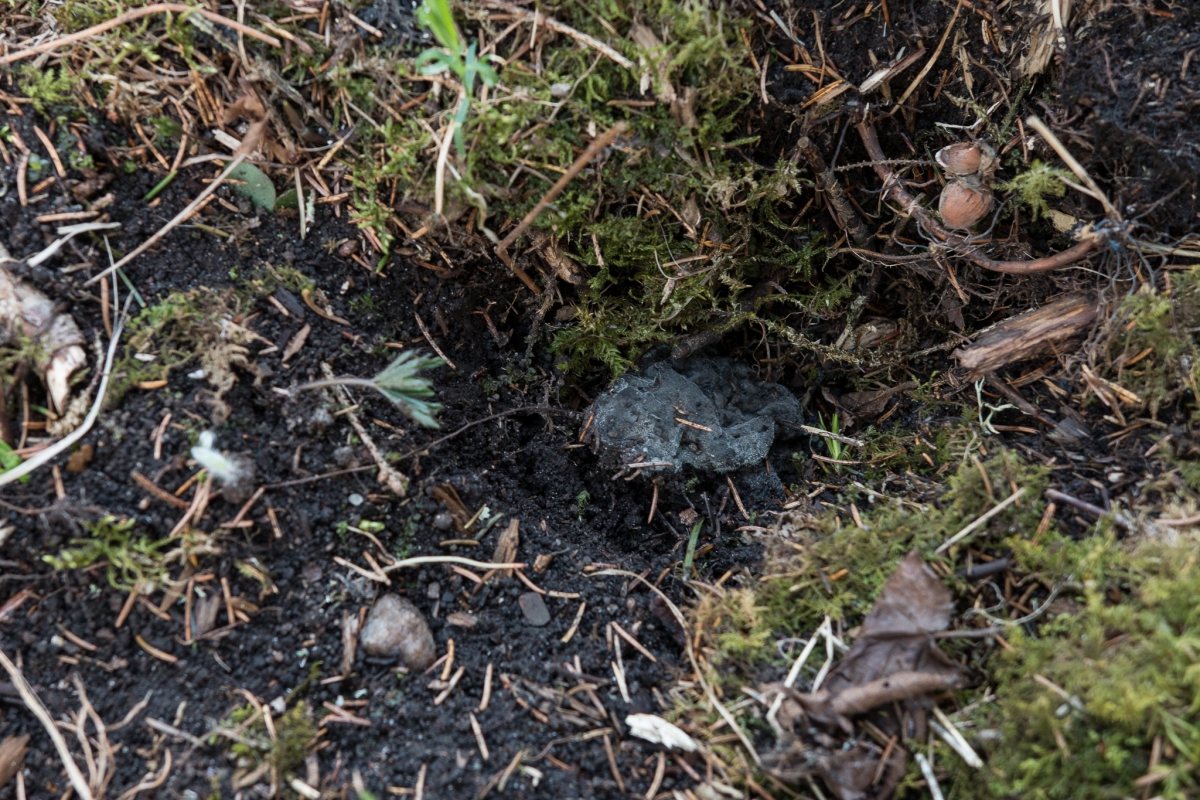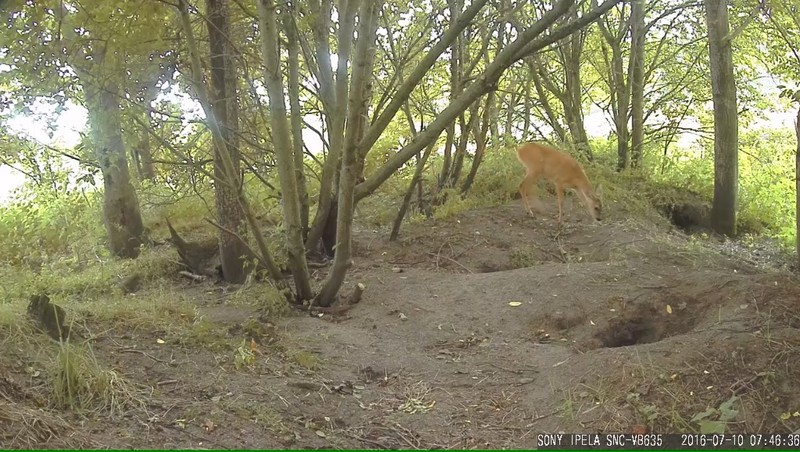Badger Matilda’s home Part 2
Photo: Külli Joonson
Last time we were introduced to badger Matilda’s brave character and her offspring. Now we will see where this plucky badger lives.
Last time we were introduced to badger Matilda’s brave character and her offspring. Now we will see where this plucky badger lives.

Text and photos Aare Lindt, www.loodusmuuseum.ee
Translation Liis
Black V moth
B.ack V moth Nurklainelane Arctornis l-nigrum
The black V moth was caught for the first time in Estonia in 1999, in Valga County, close to the Mustjõe river mouth.
Today, in about a decade it has become locally common in South Estonia and curently extends its distribution towards north. The moth flies in broadleaf forests in July and August.
Author bird ecology research scientist Marko Mägi
Translation Liis
The chicks of cavity nest birds, among them the chicks of tits, are relatively well protected from predators but in their nests a variety of parasites may be found. The nest parasites, whose activities are favoured by the temperature and air humidity of the cavity, may influence the life of adults as well as of the growing chicks significantly by sucking blood or feeding on feathers. (Alt & Mägi 2016: Ektoparasiidid ja nende mõju suluspesitsejatele lindudele - Ectoparasites and their effect on closed nest birds).

Copyright 2025 · Looduskalender
Designed by Zymphonies
We also use analytics & advertising services. To opt-out click for more information.